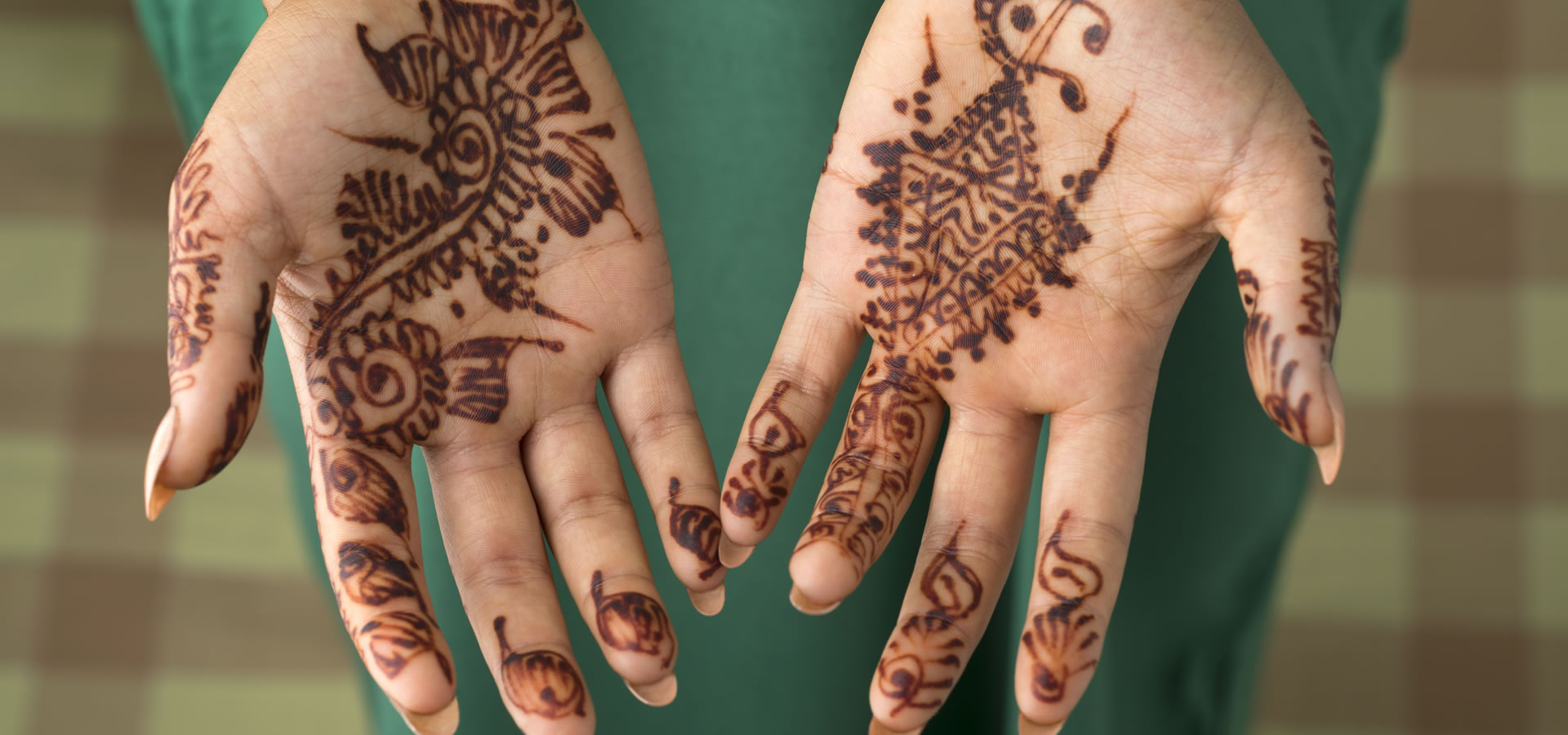
15 Jul The Art of Henna
I noticed that her heel was stained, in fact her entire foot was covered in ink. When she sat beside me, I saw that her palms had inked floral designs. This was my first time of seeing palms decorated thus, immediately I struck up a conversation. She confirmed that the palms as well as the back of the hands were usually decorated, although this was the first palm I had seen. It turns out that the hospital is as good a place as any to have a conversation about an ancient art that has been around for centuries.
B’s complexion was the canvas for the striking patterns of the henna. From what I could remember this was usually made for weddings and other celebrations, B confessed she was just in a celebratory mood when she did it. When I asked how long it would last, she confirmed that it would fade after a few weeks. As a Fulani, the henna art is part and parcel of her heritage, even though it is also a cultural practice among the Indian, Pakistani and Arabic.
History informs us that the henna paste was sourced from a plant and used for soothing and healing. When the property of staining the skin was discovered it was harnessed. This art flourishes in these regions and over time great skill developed in its use for decorative purposes. Henna decoration has become a time-honoured tradition in these societies.
This tradition has since gained ground and more people are adopting its use worldwide. The fact that it’s natural, applied topically and not permanent are many of the enduring attributes. Beauty speaks its own language, and no doubt this heritage will continue to endure like it has and be part and parcel of celebrations in communities in the years ahead.
Oluseyi Olanihun writes for The African Village


No Comments